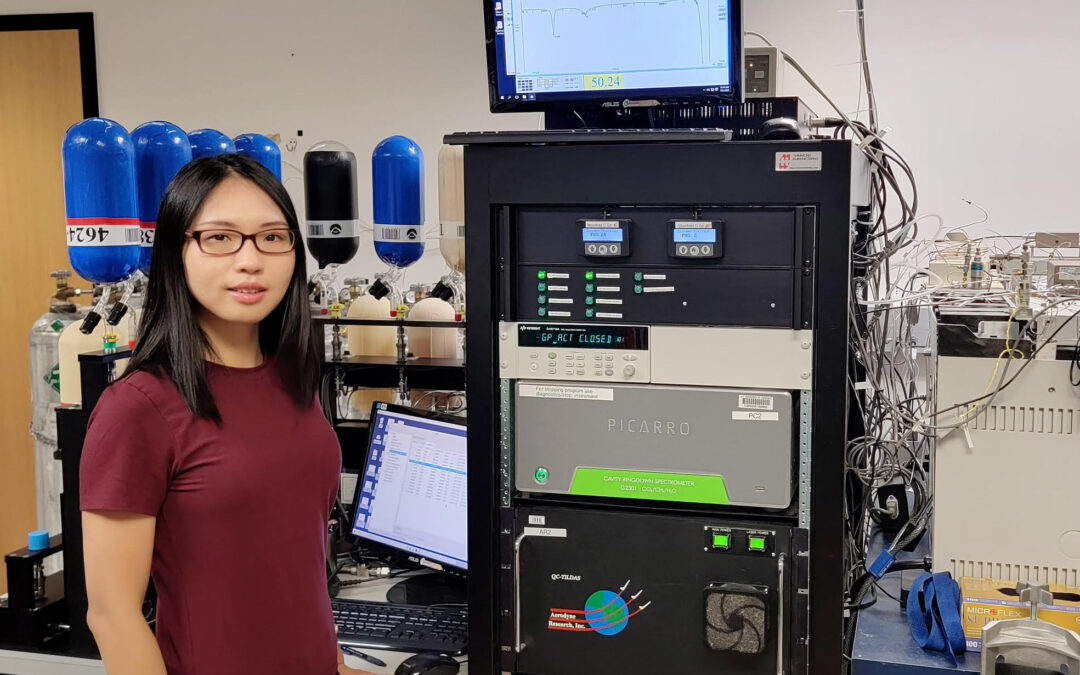
Xin Lan’s work at the University of Colorado and as a research associate with the National Oceanic and Atmospheric Administration focuses on methane.
Her research is interwoven with dozens of others as NOAA’s Global Greenhouse Gas Reference Network tracks levels of the main culprits in climate change — carbon dioxide, methane, nitrous oxide and carbon monoxide.
And while Lan’s work is centered on tracking methane in the atmosphere, she said to “avoid the worst impact of global warming, we should definitely do something on CO2, reduce the CO2 emissions. … . [Doing] things on methane is not going to help as much.”
Additional reading
NOAA’s The Global Monitoring Laboratory tracks the levels of atmospheric methane, as well as other greenhouse gasses. In April, the organization announced that “[a]tmospheric methane levels averaged … around 162% greater than pre-industrial levels.” It means that current levels are about “15% higher than the 1984-2006 period.”
The Annual Greenhouse Gas Index, another metric NOAA uses to gauge various gasses in the atmosphere, indicated that pollution trapped “49% more heat in the atmosphere in 2021 than [it] did in 1990, when the data first was collected.”
Among the issues to consider when examining methods to combat climate change are leaky pipes.
End notes
Our theme music, this and every week, is a track called “Musical Chairs” by Los Angeles producer Omid. Keep up with his latest work on Soundcloud.
Follow the show on Twitter and let us know what you think about our interviews by sending an email to [email protected].
